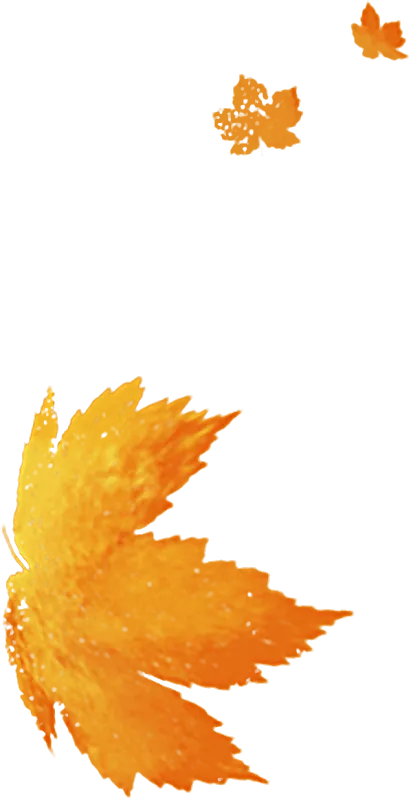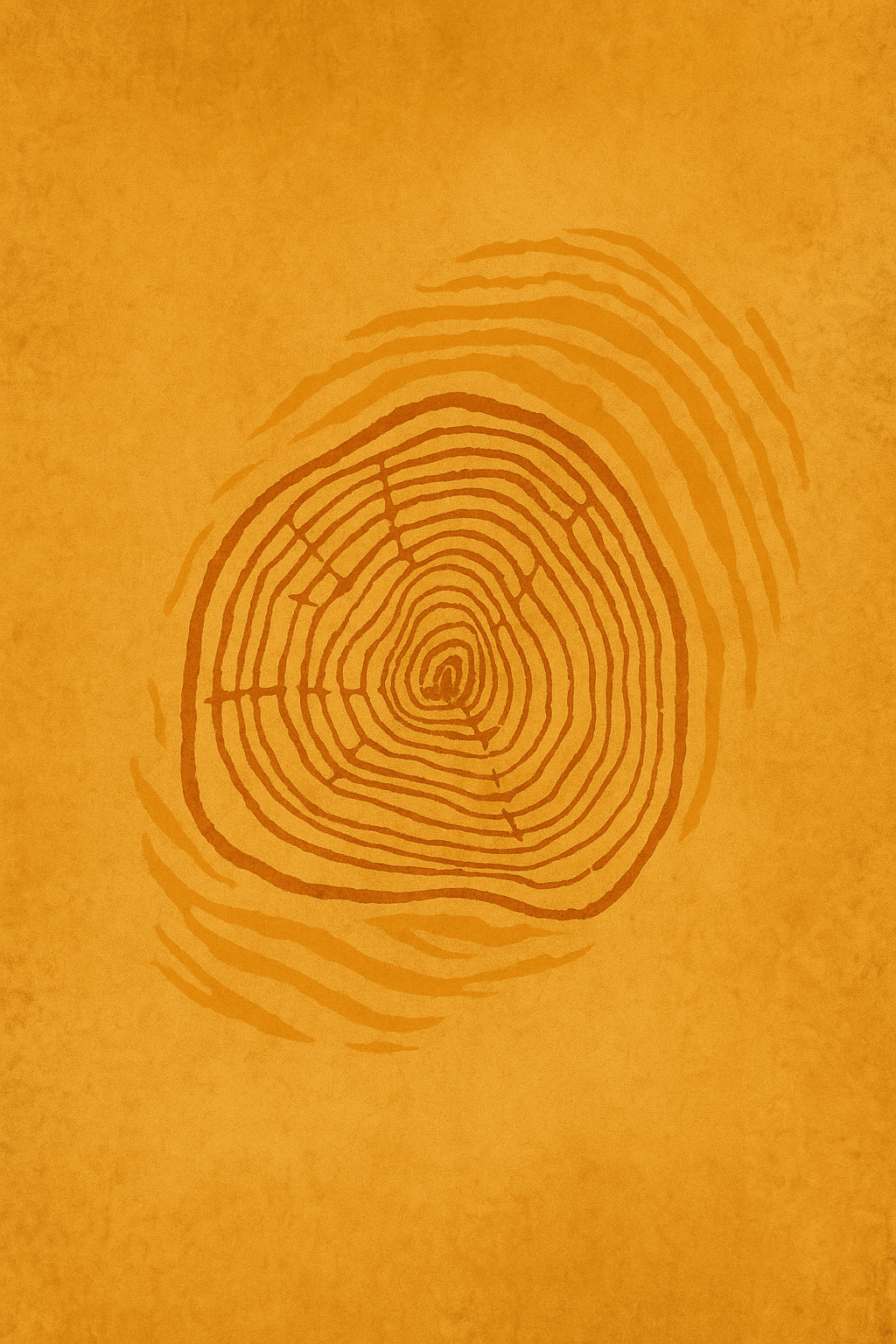These 3 Coaching Questions are Limiting Your Potential
How to move beyond cognitive meaning making and basic somatic skills
By Nathan Blair
One of our key learning outcomes here at The Somatic School is to help coaches move beyond cognitive meaning making and basic somatic skills.
What do we mean by “basic somatic skills”?
If you’re reading this article, you might already be bringing the body into your coaching in one way or another. When coaches start out doing this we tend to ask some very similar questions...
Are any of these familiar to you?
1. The Fundamental Question
A classic basic (as in foundational) somatic question is:
- “Where do you feel that in your body?”
Totally valid, often illuminating, but now what?...
Many coaches find themselves with the new information that this question elicits and little idea where to go with it next. Ok so it’s a pinching feeling in her gut - so what?
There are also only so many times you can ask this question before it begins to feel repetitive.
2. The Colourful Sensation Question
From here many coaches will ask:
- “What colour is it?”
- “Does it have a texture?”
- “If it had a voice, what would it say?”
Again, all valid coaching questions. But where do these questions tend to take our clients? Yes - to their heads. Or, more accurately, into analytical thinking.
Now we're thinking about feeling.
3. The Observation and Reflection Question
The final question in our budding somatic coaches toolkit would most likely be some version of the following:
- “I noticed when I asked you about your manager you covered your mouth. What happened for you there?”
- “Do you know that whenever you talk about your partner you tap your foot like this. What’s your sense of that?”
- “Did you notice your fists were clenched while you were saying that?”
Often a question like this produces some interesting material for conversation. However, retrospectively reflecting on an observation made by the coach has some limitations. For one, it’s highly likely that the movement or gesture in question was unintentional and entirely unconscious. In other words, our client had no idea they were doing it at the time. And often they don’t actually know they were doing it even after you’ve told them they were.
In one sense this is a benefit of the coach’s feedback (bringing what wasn’t conscious to our client’s awareness), however now the client is trying to remember how they felt or what they were thinking when it was happening. The moment has passed. At this point their guess is as good as anyone’s. We’re meaning making machines and speculative enquiry may well deliver new material, but how insightful or truthful this new content is is questionable.
Beyond Basic Somatic Skills
At The Somatic School we believe that genuine breakthroughs come by being in direct relationship with “primary subjective experience”. In other words, facilitating our clients into intimate relationship with their sensory perception as experienced in the present moment.
Eugene Gendlin, the founder of Focusing, did some of the most groundbreaking research with the great Carl Rogers as to why some clients have successful therapeutic outcomes and others don’t. They trawled through thousands of session recordings to find their answer.
What did they discover? The single determining factor that allowed researchers to predict who would “succeed” and who wouldn’t, from the very first session, actually had little to do with the therapist’s skill - it was the client’s ability to do exactly this: attend to primary subjective experience, as felt through their sensory perception, in the present moment.
In short, the game changer was their ability to attend to their “felt sense” and to use this bodily felt sense to refine their thinking and clarify their communication.
Try This
Next time you're coaching and you want to give some attention to the body (or non-verbal communication) see if you can invite your client to become aware of what their body is communicating in the moment. How can you gently guide their attention to their experience as it’s happening? You may well start with The Fundamental Question above. But from there, if you want to truly access the body’s intelligence, your question to yourself should be:
How can I help my client stay with this experience long enough for something meaningful to emerge?













